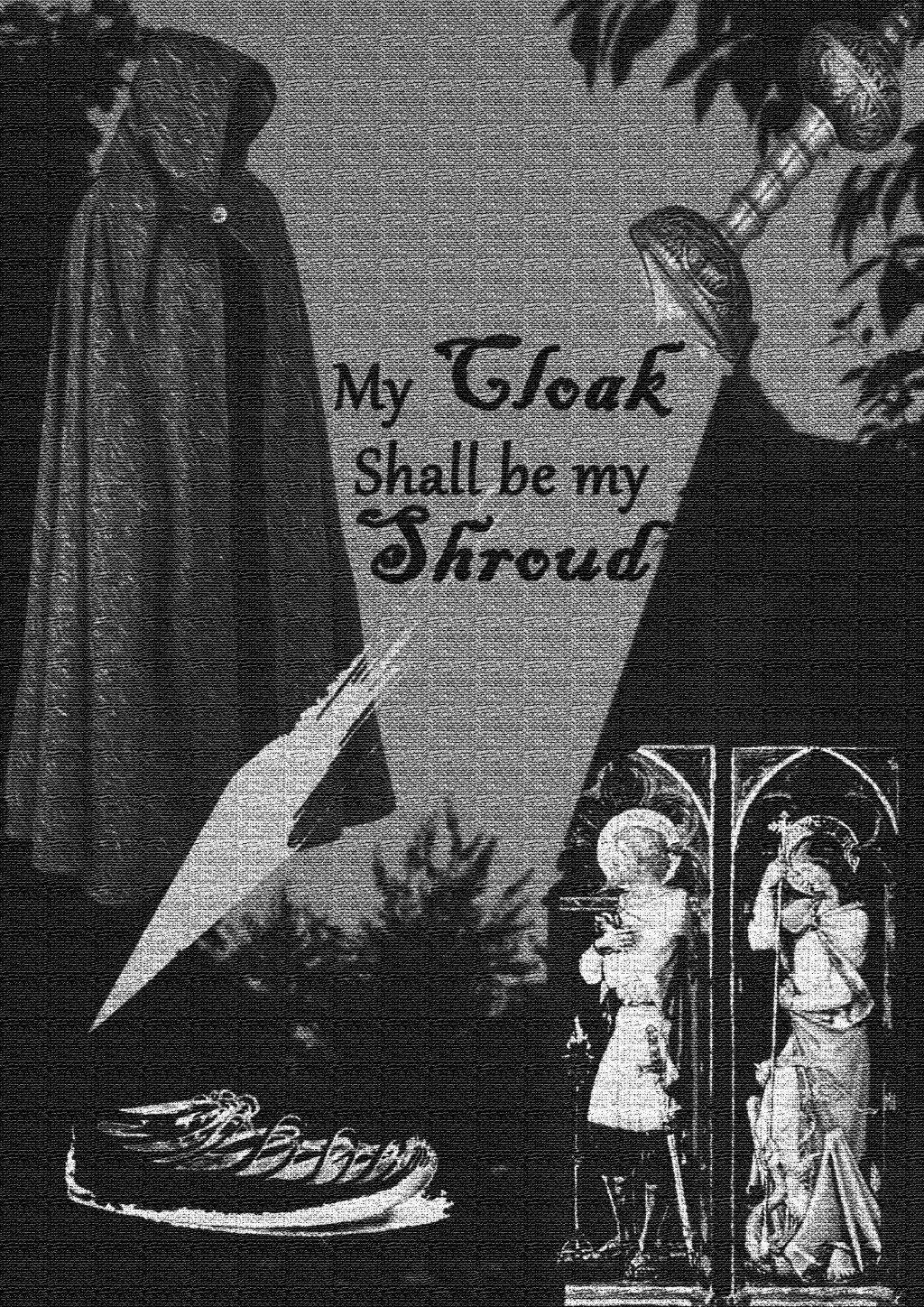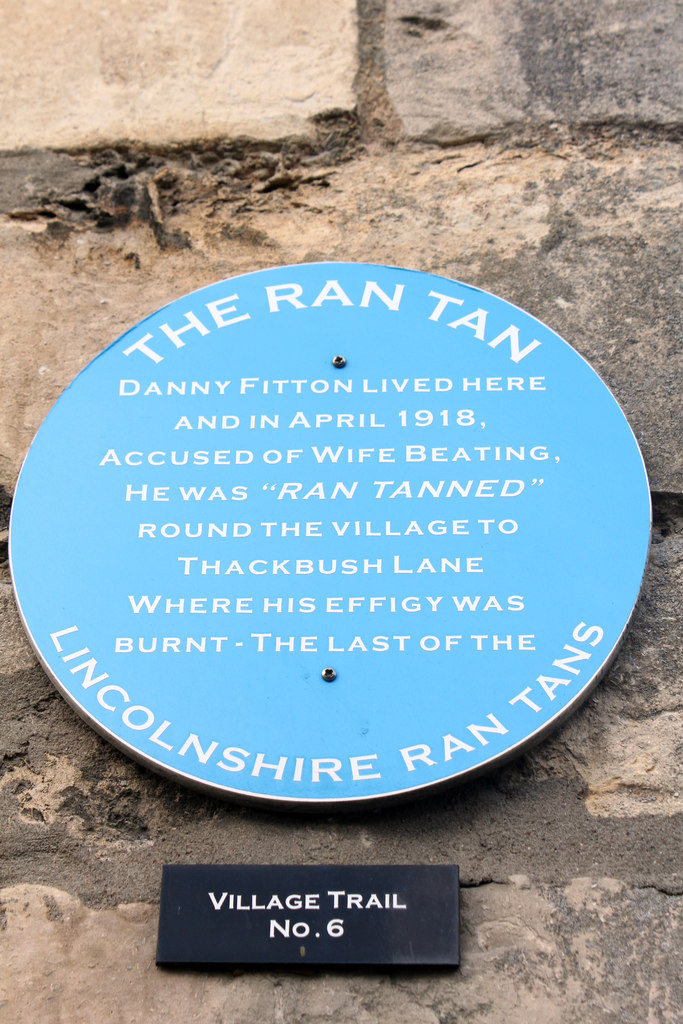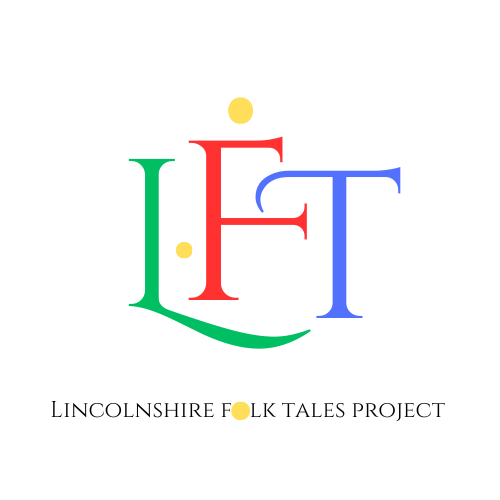Lincolnshire Folk Tales Project
A project exploring the origins, legacies, connections and futures of Lincolnshire folk tales, funded by the Arts and Humanities Research Council and Nottingham Trent University.
● news
-

“What’s the one landscape you would want to avoid after dark?” Virginia Crow weaves a compelling hypothesis about the origins and fate of the Amcotts Moor Woman, a bog body discovered in 1747 and shrouded in mystery to this day…
-

Ran-tan-ning or Ran-tan-tan, an onomatopoeically named custom of delivering folk justice to disproportionately violent members of a community (here, a domestic abuser). Ethel Rudkin records it Holton-le-Clay, Langwith and Willoughton, and the process goes something like this…
● Latest Articles
-
Gibbery Gap
At Micklow Hill (Michael-low-hill), near the North Lincolnshire village of Kirmington, a battle took place during the English Civil Wars, between the forces of Parliament…
-
Th’ Lad ‘at Wantid to Larn to Shuther an’ Shak
The tale is reset into a local milieu, and is one of the most entertaining things I’ve read in a long time. It’s rendered quite…
-

Tatterfoal
‘Eliza Gutch and Mabel Peacock (1908) mention this ghostly and troublesome horse, and refer to a passage in Pishey Thompson’s History & Antiquities of Boston (1856) where…
-

Horkstow Grange
One of the best known folk songs with a Lincolnshire setting. Horkstow Grange is south of Horkstow. The song concerns a fight between a farm…
● About the project

‘Lincolnshire Folk Tales: Origins, Legacies, Connections, Futures’ is a project funded by the Arts and Humanities Research Council (grant number AH/Y003225/1), and is led by Dr Rory Waterman and the Research Fellow Dr Anna Milon in the School of Arts and Humanities at Nottingham Trent University. The project explores the origins, legacies, intertextual and social connections and futures of Lincolnshire folk tales (LFTs), and is intended to facilitate wider engagement with this heritage from writers, the general public, and scholars.